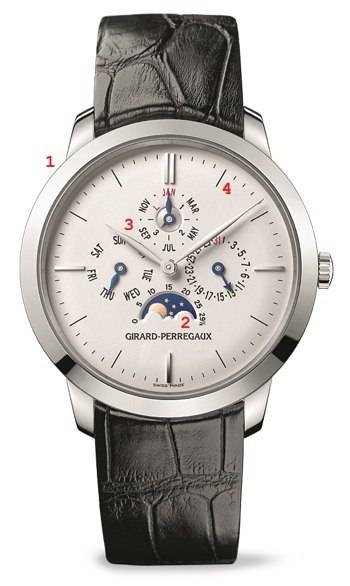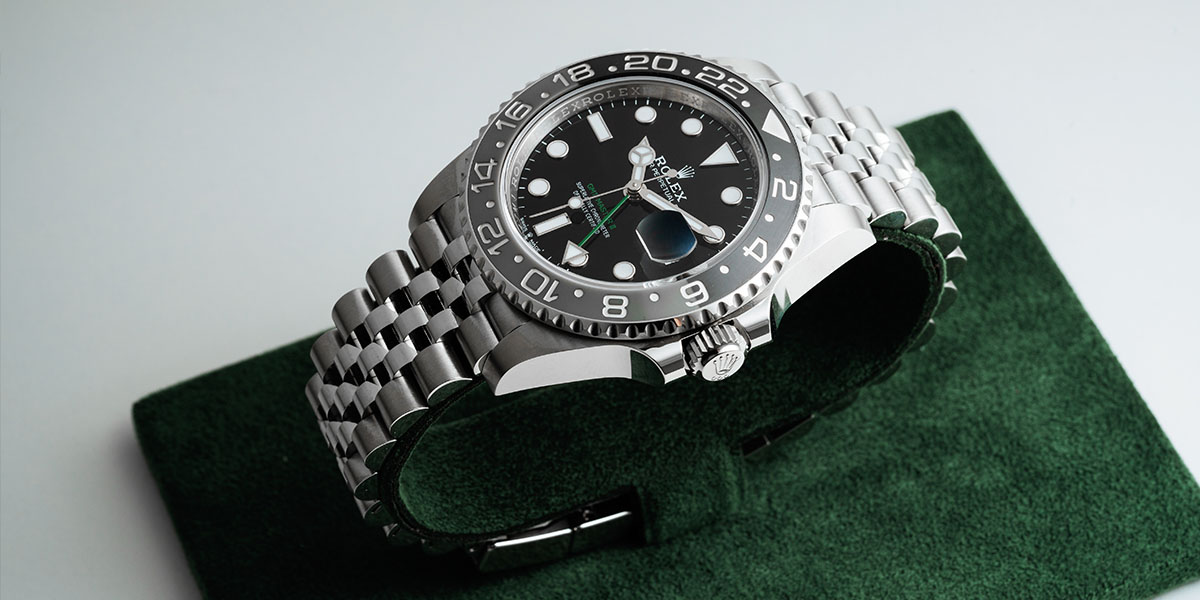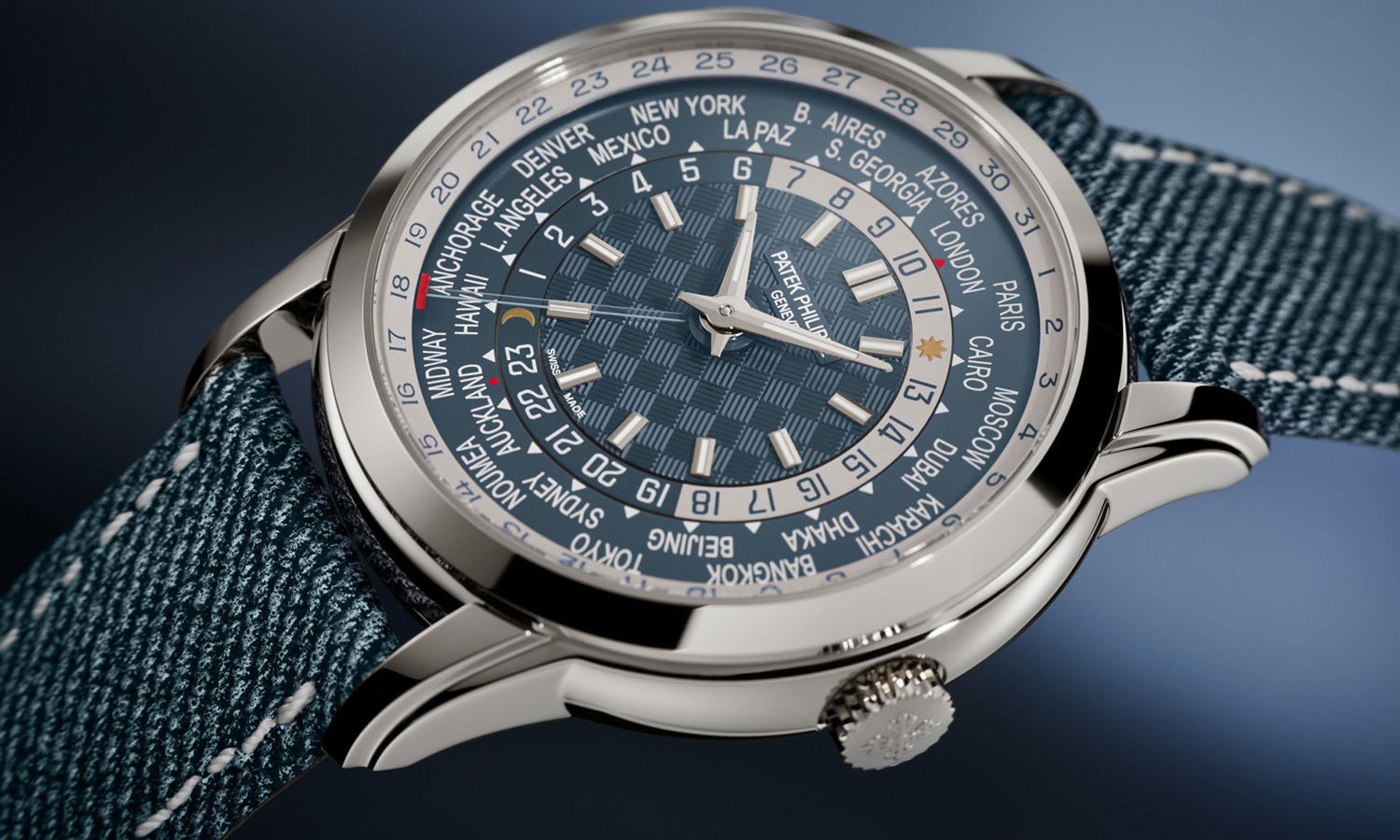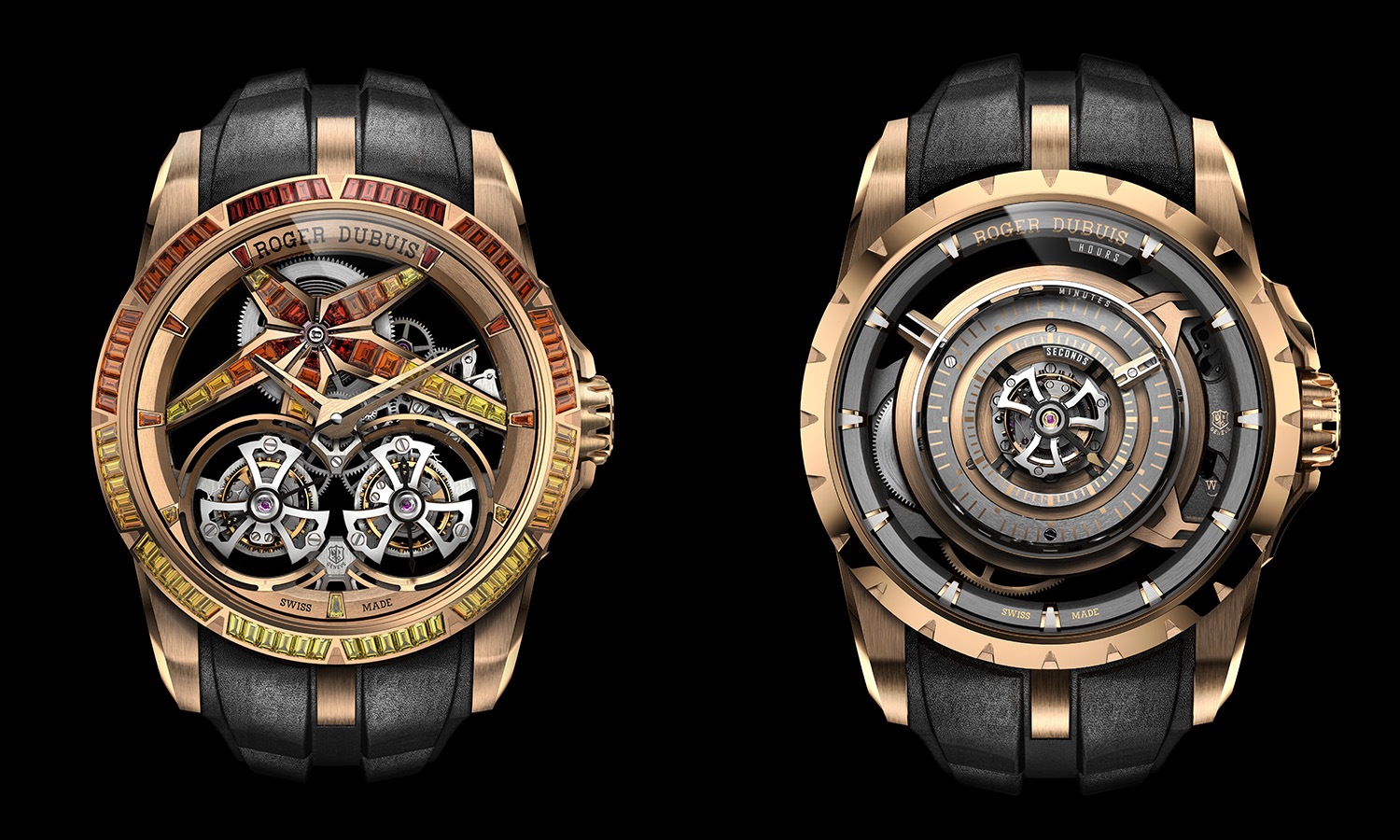
Perpetually of The Past: Girard-Perregaux 1966 Perpetual Calendar Watch
Many of today’s watch brands seem to have a fascination with the past. It is true that “retro themed” designs are en vogue right now, but a propensity for nostalgia is common in the world of horology. Can you blame them? Watch making today is the furtherance of a tradition hundreds of years in the making. The golden age of mechanical watch innovation has passed long ago. Today’s most passionate watch makers work to continue a long tradition rather than work to define it. For this reason the ‘best of the best’ look longingly at the past when the complicated micro mechanical machines they produce were considered more “state of the art.”
A fantastic time for them to remember (or think about) is the 1960s — the final decade when mechanical watches represented the height of wrist watch technology. In 1969 the first quartz wrist watch was released, and it started a major shift in the production of mechanical wrist watches from being (largely) necessaries to luxuries. Up until that point, the accuracy of a mechanical wrist watch was a great selling point. To prove their prowess, Swiss watch brands would compete in chronometry result tests at the famous Neuchâtel Observatory. Highly regulated watch movements would be submitted for testing to determine how well their manufacturer could design an accurate movement that was as close to ‘perfect’ as possible.
Swiss watch maker Girard-Perregaux was a regular brand seen at the Neuchâtel Observatory, and in 1966 received the Observatory Centenary Prize from the Observatory for its work and countless mechanical developments. Girard-Perregaux at that point had received hundreds of certificates from the Observatory. Today’s Girard-Perregaux 1966 collection of timepieces recalls that era and tradition of chronometric excellence. Still one of the most respected watch and movement makers today, Girard-Perregaux continues to produce highly respected mechanical movements for connoisseurs and causal watch lovers alike.
Seen here is the simple and sophisticated Girard-Perregaux 1966 Perpetual Calendar watch in 18-karat white gold. It is also available in 18-karat pink gold. The watch case is a moderate 40 mm in width, and quite thin for a watch of this type at 10.74 mm thick. The case design is classic, but Girard-Perregaux ensured that it would give the watch a subtly robust looking bezel and lugs to hint at the beefy movement inside.
Girard-Perregaux designers were careful to keep the dial legible and clean. As such, the watch incorporates the full perpetual calendar functions along with a moon phase indicator gracefully. Huddled toward the center of the face, the various subdials provide ample room around the periphery of the dial to easily tell the time with the leaf-style hour hands and baton hour markers (which are in gold). Dial indicators include the date, date of the week, month, leap year indicator, and moon phase indicator. All in a highly decorated and efficient Girard-Perregaux Calibre GP33Q0 automatic movement with 288 parts. The movement, along with its decorated automatic rotor are visible through a sapphire exhibition window on the rear of the watch. The piece is matched to an alligator strap with a matching 18-karat gold buckle. Priced at 52,300 Swiss Francs in white gold and 50,700 Swiss Francs in pink gold. www.girard-perregaux.com.

1. 40-mm wide thin case in 18-karat white or pink gold.
2. Moon phase indicator with gold moon.
3. Perpetual calendar indicator in easy to read layout.
4. 1960s era inspired dial is simple to read and minimalistic.
Ariel Adams is the Haute Living Watch Editor and also publishes the luxury watch review site aBlogtoRead.com.
 SIGN UP
SIGN UP










